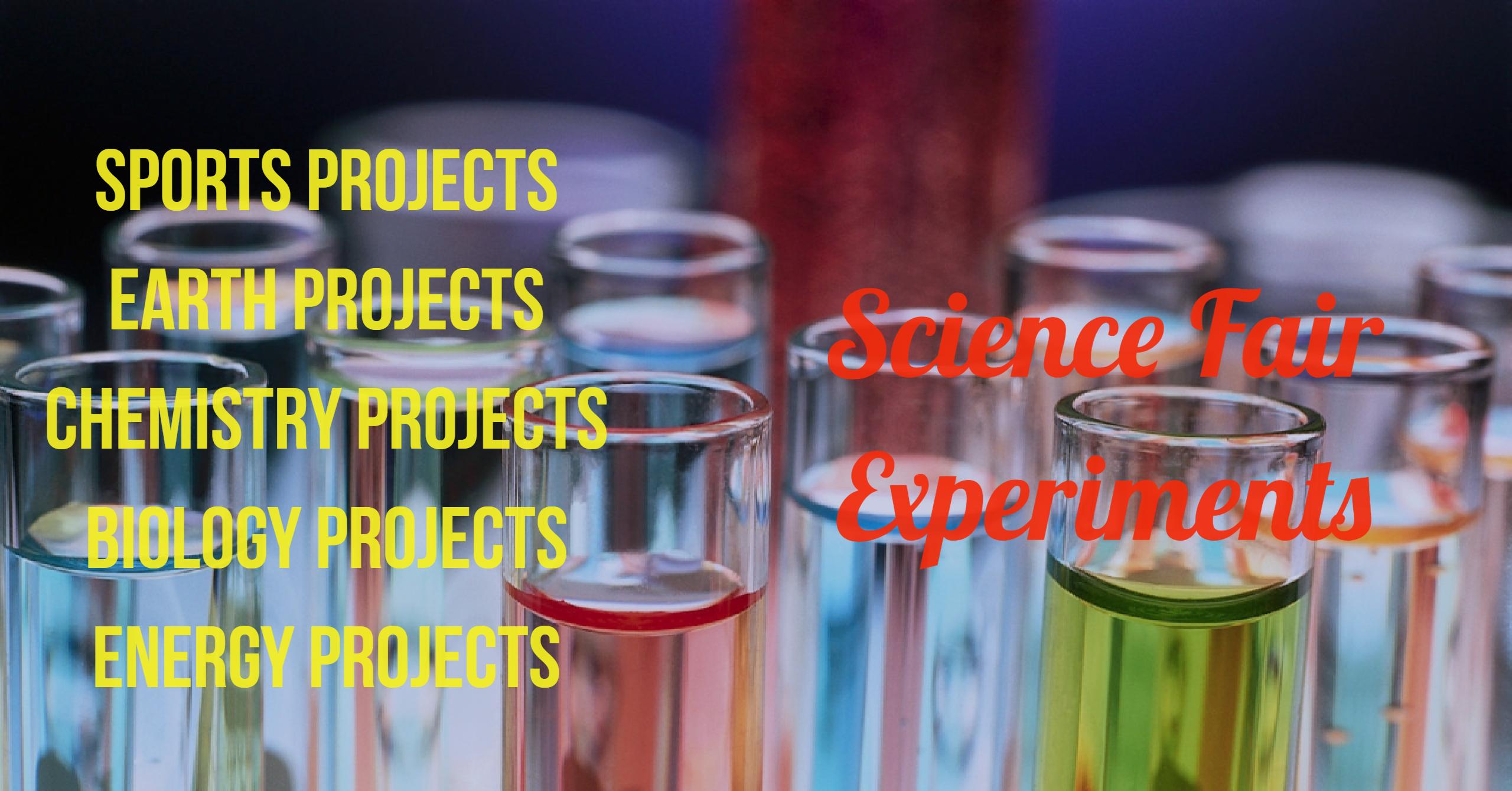Welcome to Science Fair Projects
What are Science Fair Projects ?
To make science easy and simple to understand, practical experiments are conducted. Any act with an intention to discover or invent something starts with the first gear i.e. curiosity. A student gets an opportunity to act and react with the help of Science Fair projects, science fair experiments and related activities. It’s an exciting way to learn science mathematically and logically. It’s a gateway to new discovery by the wards with an opportunity to display their creative thinking.
- Usually either science fair ideas are provided by the teachers, science professionals or its upto the students/kids to select the one.
- A kid needs to be specific while selecting the one.
- Then comes performing the project which varies from grade to grade or level to level i.e primary, secondary and higher secondary.There are various types of projects viz; Experimental, Engineering, display , science fair projects, theoretical projects ( courtesy : google Wikipedia).
- The project should be valid enough depending on the different streams of science (biology, chemistry and physics) and its requirement. Well there are steps which are required to be followed while performing an experiment or activity.
The Scientific method
- It is the first step to start with, to arrive at the conclusion of a problem.
- The scientific method can be termed as an ongoing process until one arrives at some satisfied answer.
- It involves defining a problem, gathering data, observation or research, hypotheses followed by prediction, demonstrating or experimenting.
Conclusion or analyzing data gathered
- Research is an integral and most important part of scientific method.
- Collecting as many data as required helps in learning more about the project or topic. The evidence needs to be relevant and measurable with some reasoning behind it.
- Finding a possible answer i.e. hypothesis. Hypothesis means supposition or explanation to proceed with further investigation which is accompanied by prediction at the next stage. Its like a provisional acceptance of a
solution before landing to the final conclusion whereas prediction gives us a more specific test to an experiment. - Experimenting the predictions provides us with the proper solution to the problem. It helps us in preparing a scientific report of the experiment which we are working on.
- Forming conclusion to the experiments is the most important and ending part of any scientific project. There are two possibilities either rejecting or accepting the hypotheses.
In Simple words Scientific method can be defined as
You have a question, you try to observe or research on it by gathering or collecting data /evidences, evidences are quite measurable, then you find out a possible answer i.e. termed as hypothesis, hypothesis is based on prediction , to test your hypothesis and prediction, you make a test i.e experiment
Below are the Science project ideas. For the purpose of illustration we will consider the topic as A small shadow is formed when sun is directly above our head and an elongated shadow is formed when sun is near the horizon
Problem: – During the early morning, shadow formed is longer whereas in the afternoon it’s small.
Observation: – As per resources like science textbook, the position of the source of the light from the objects affects the size and location of the shadow.(Courtesy: science textbook). Does distance also matters?
Hypothesis: Since position of the source of light matters, we predict that distance obviously makes the difference as well.
Experiment: To test the hypothesis, we will place a candle and a pencil at different distances and note the shadow formed.
Place a candle and pencil at a greater distance.
Place a candle and pencil at a shorter distance.
Place a candle above the pencil.
Analyzing data/ conclusion: We conclude that the hypotheses and predictions that we made is true to the fact as when we place a candle and pencil at a greater distance, shadow formed is longer than the one where the distance between the two objects is less. When candle is positioned above the object shadow is small.
Thus we conclude that the size and position of the shadow depends upon two factors distance between the source of light and the object and position of the source of light (right, center above the object and to the left ) from the objects.


